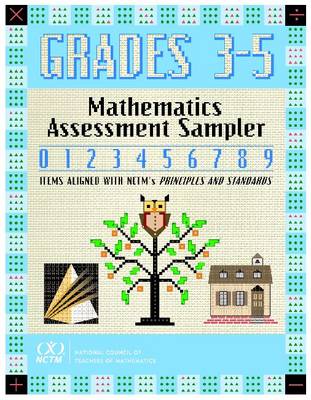Mathematics Assessment Sampler
1 total work
Mathematics Assessment Sampler Grades 3-5
by Marthe Craig, Mary Eich, Kim Morris, and Karen Aguilar
Published 1 January 2005
The sample assessment items in this volume are sorted according to the strands of number and operations, algebra, geometry, measurement and data analysis and probability. Because one goal of assessment is to determine students' abilities to communicate mathematically, the writing team suggests ways to extend or modify multiple-choice and short-answer items to elicit students' thinking.
The writers also present various rubrics as examples of how teachers might score extended-response questions. When students know in advance how their answers will be evaluated, they will strive to meet expected criteria. The hope is that teachers will find this material useful as they plumb their students' thinking and consider how students' responses can guide their instructional decisions.
The writers also present various rubrics as examples of how teachers might score extended-response questions. When students know in advance how their answers will be evaluated, they will strive to meet expected criteria. The hope is that teachers will find this material useful as they plumb their students' thinking and consider how students' responses can guide their instructional decisions.
